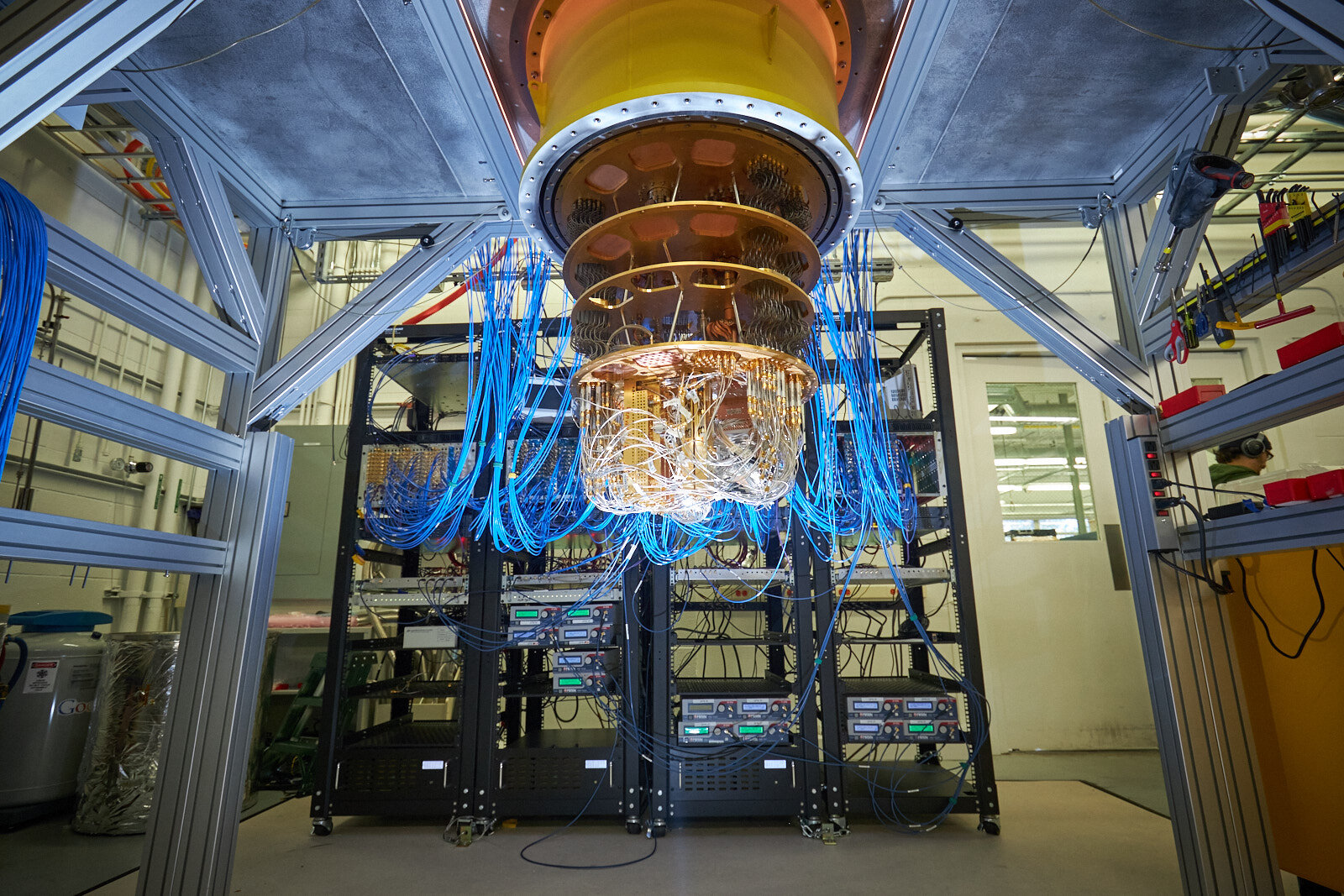
A team of researchers with Google’s AI Quantum team (working with unspecified collaborators) has conducted the largest chemical simulation on a quantum computer to date. In their paper published in the journal Science, the group describes their work and why they believe it was a step forward in quantum computing. Xiao Yuan of Stanford University has written a Perspective piece outlining the potential benefits of quantum computer use to conduct chemical simulations and the work by the team at AI Quantum, published in the same journal issue.
Developing an ability to predict chemical processes by si...
Read More








Recent Comments